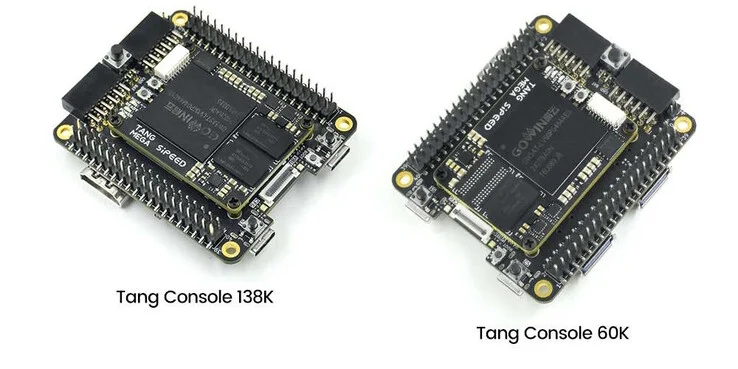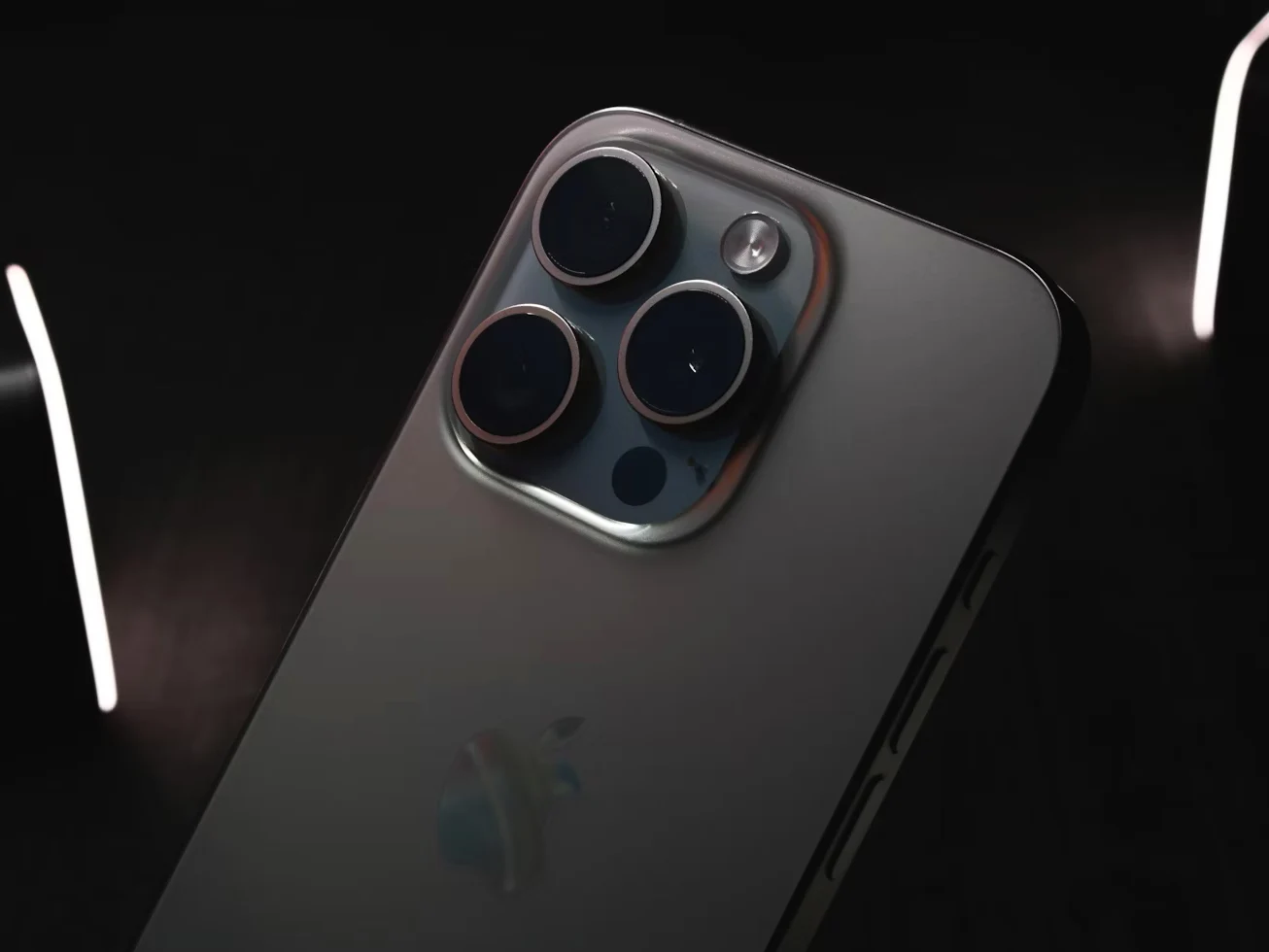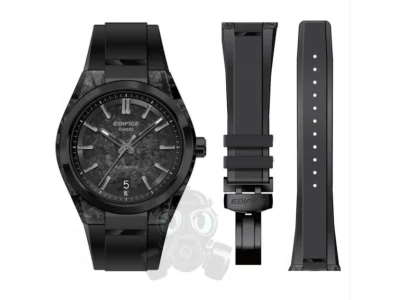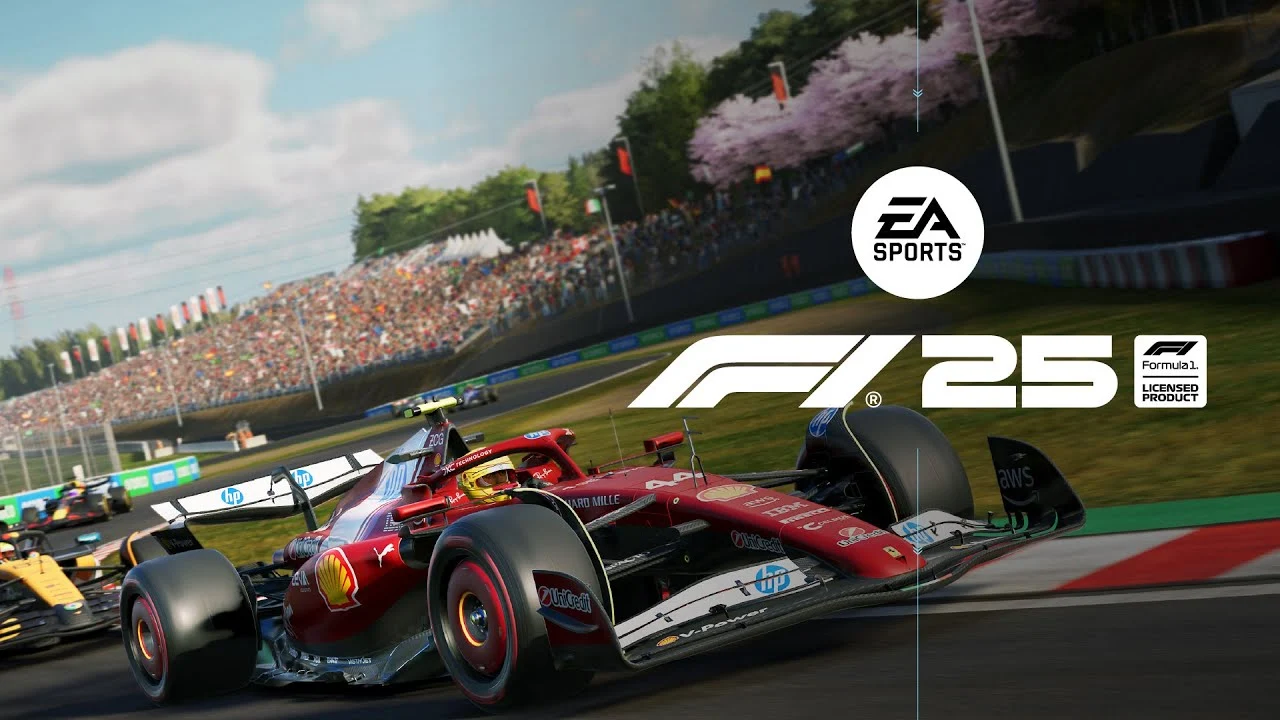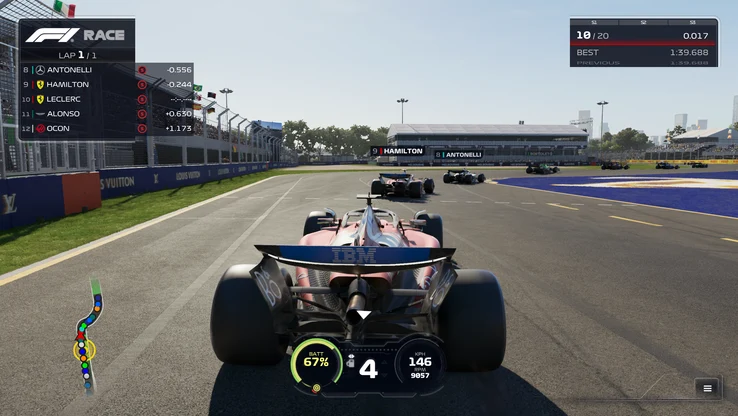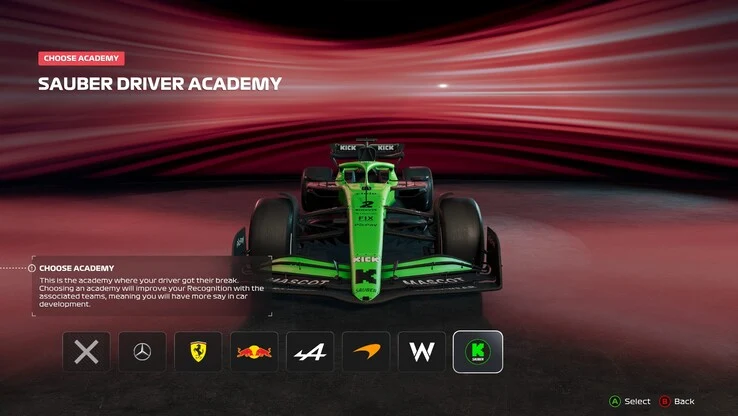Key Takeaways
1. Game Structure and Monetization: F1 25 includes a seasonal Battle Pass, a shop for in-game purchases, and requires an internet connection to unlock all features.
2. Lack of Tutorials: The game does not offer a tutorial section for newcomers, which could be a disadvantage for those unfamiliar with F1 games.
3. Varied System Requirements: The PC requirements for F1 25 vary greatly depending on the desired graphics settings, with high-end specifications needed for advanced features like Path Tracing.
4. Accessible Racing Experience: The game is designed to be beginner-friendly with assists, but turning them off can make it challenging for new players.
5. Diverse Game Modes: F1 25 features multiple modes, including narrative-driven Braking Point 3 and in-depth career modes, catering to both racing and management fans.
As I mentioned, I don’t have much experience with F1 games. Up until now, my only engagement with them was through the built-in benchmarking tool. The last time I seriously followed Formula 1, Michael Schumacher was the champ. Generally, racing games aren’t my thing; I haven’t played any since Need for Speed 2. So when I decided to check out what F1 25 has to offer, I realized I knew very little about how much the genre has changed in over 20 years.
First Impressions
As soon as I launched the game, it was clear I was dealing with an EA title. An internet connection isn’t strictly necessary, but it is needed to unlock all the game’s features. There’s also a seasonal Battle Pass with a ‘VIP’ version that can be unlocked just by playing through various game modes in F1 2025. Naturally, there’s a shop filled with items you can buy using in-game currency, which can be obtained with real money.
Navigating the Menu
After sifting through what felt like a dozen pages, I managed to reach the main menu. I immediately searched for a tutorial section, but to my surprise, there wasn’t one. This lack of a tutorial is strange. Yes, many buyers of a new game will likely know how F1 games function, but having a tutorial for newcomers would have been helpful. After all, FIFA games have tutorials, if I recall correctly.
System Requirements
F1 25’s PC requirements are quite broad, depending on how you want to play. To achieve 1080p at 60 FPS, you’ll need a Ryzen 3 1300, GeForce GTX 1060/RX 570, and 8 GB of RAM, although the visuals won’t be impressive. If you want path tracing, you’ll require a Core i7-12600K/Ryzen 7 4700X, RTX 4080/RX 7900 XTX, and 16 GB of DDR5 RAM for the same resolution and frame rate.
Performance Insights
With everything set to max, my setup (Ryzen 7 5800X3D, RTX 3080 Ti, 46 GB DDR4-3,200) could easily maintain 60 FPS without DLSS at 1440p. However, with Path Tracing enabled at 1080p, that dropped to 28 FPS. Not the best experience, but still decent for a GPU that’s a few generations old.
Exploring Braking Point 3
The marketing for F1 25 highlighted Braking Point 3, a narrative-focused mode that lets you drive a Konnersport car. This mode has surprising depth, including dialogue choices that impact your character’s level. I didn’t expect speech prompts in an F1 game, so this was a nice surprise. There’s a lot to explore, and this mode is likely the one I’ll finish first due to its RPG elements.
Racing Experience
The racing is enjoyable, I suppose. The game is made easier by default with assists like automatic braking, traction control, and a visible racing line. F1 2025 is quite friendly for beginners. Does that make the competition a bit too easy? Yes. However, making the game accessible to more players is a good move, especially for a title like F1 25 that has heavy monetization.
Testing the Waters
I decided to turn off all the assists, and let’s just say I won’t be doing that again until I get a lot more practice. I’m sure it’s a better experience for seasoned players, but it was overwhelming for someone new. Once again, a practice mode to experiment with different assists would have been great.
Damage Mechanics
I’m not sure if it was my lack of knowledge or just how the game is set up, but my car sustained almost no damage when I accidentally hit other racers. It seems this only matters in a certain game mode. I found a toggle for realistic vehicle damage, but I couldn’t turn it on. I did receive a two-second penalty at the end of the race, though.
Career Modes
I took a break from my Konnersport adventures to check out other modes in F1 25. I started with Driver Career, created a character in the F2 league, and progressed a bit. The character creation options were surprisingly extensive. It seems F1 games have incorporated things like Fortnite dances now. So far, it’s been smooth sailing, but I expect some twists ahead. I’ll dive deeper into this after finishing Braking Point.
My Team Career
Next, I tried out My Team Career. At first glance, it seemed straightforward. You manage resources, design a team logo, set budgets, and work with sponsors. But then race day came, and I was hit with a ton of information. Great for someone who knows the terms, but a bit confusing for a newbie. There’s some racing involved too, which is a refreshing change from the usual management mechanics.
Overall Impressions
Has F1 25 shifted my view on racing games? A bit. Would I suggest it to new players? It varies. EA and Codemasters have tailored it to a specific audience, so it might not appeal to everyone. While there’s a good amount of single-player content, many features focus on multiplayer. However, the local split-screen/LAN co-op mode is a lifesaver, potentially offering many hours of fun with friends.
Final Thoughts
Despite the annoying monetization options, F1 25 is a well-crafted game that really delves into its source material. I’ve barely scratched the surface with only 10-12 hours of gameplay. If I were a regular F1 follower, I would definitely consider playing it. Regardless, I plan to finish Braking Point 3.
Do F1 games need a new version every year? Probably not. But that’s already happened. While F1 25 is the first in the series to support Path Tracing, its high requirements make it hard to access for most players. In conclusion, if you’re an F1 fan wanting to experience the sport in a new way, give it a try. Is it worth buying if you already own F1 24? That really depends on how much of an F1 enthusiast you are.


